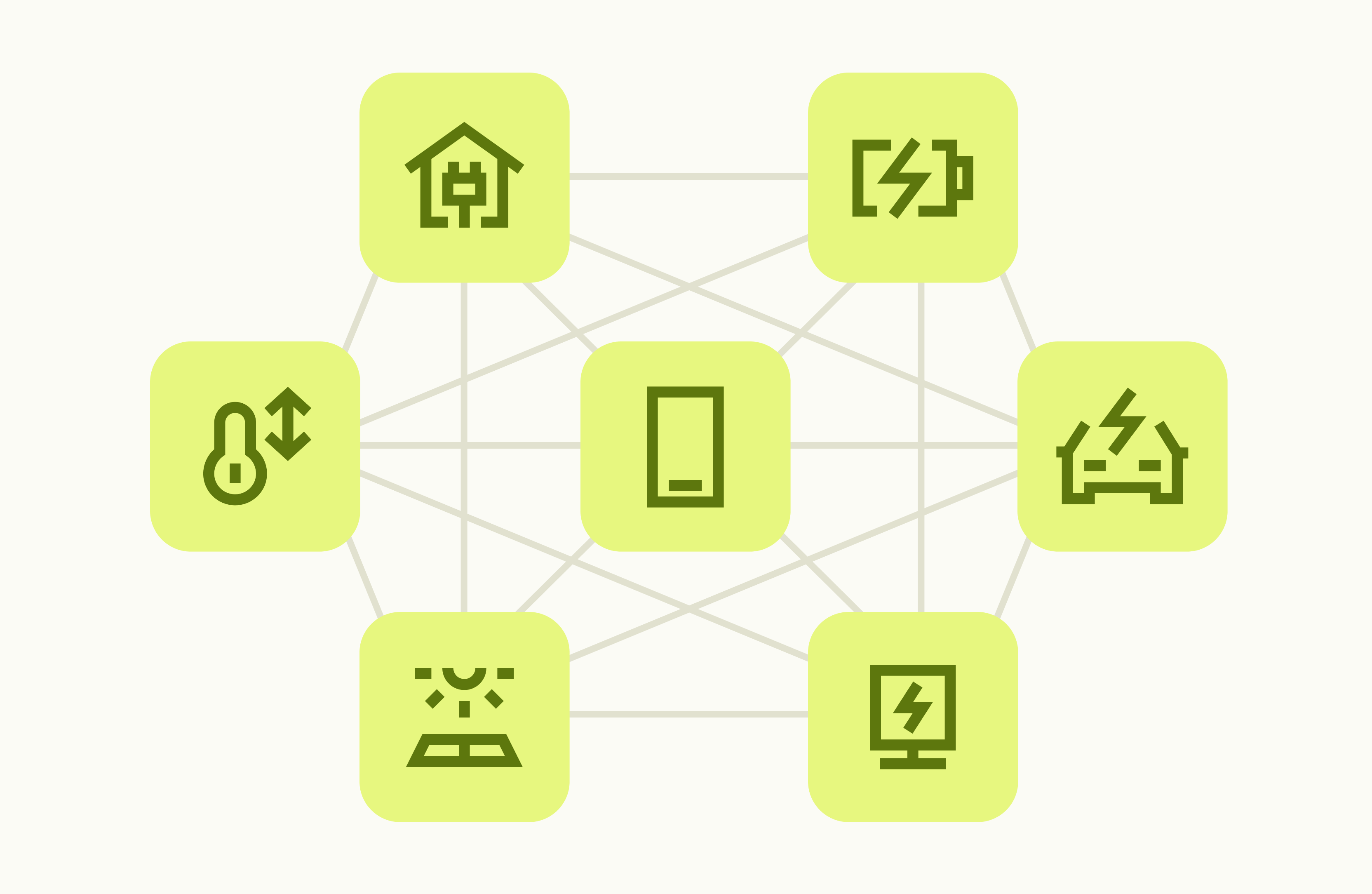Why DER connectivity should be the top priority for energy product managers

We all know that to tackle the climate crisis, we need to electrify… well, everything. Doing so will cause electricity demand to skyrocket, so we also need to expand our energy system. But we can’t wait to build and connect complex new infrastructure, like power plants and transmission lines. It’ll take too long – and time is of the essence.
Instead, we can accelerate the energy transition by optimizing distributed energy resources (DERs). DERs are small, decentralized energy technologies like home batteries, EVs and solar panels. They live in customers’ homes, and can be used to flexibly respond to energy supply and demand, taking pressure off the grid at peak times, and cutting energy costs.
DERs are invaluable resources, but so far, they’re a relatively untapped opportunity.
To realize the full potential of DERs, we also need residential energy management software that can connect to, control and optimize them. Though solutions exist, they are sometimes limited in terms of their connectivity, functionality and reliability.
As demand for software grows, product managers at distributed energy resource management systems (DERMS) companies can play a critical role in solving those challenges, and driving real change.
How DERMS can help utilities help customers
The energy system is evolving, and utility companies are evolving alongside. They understand that as the market consolidates, it will be those that offer the best experience to customers that win. It’s no longer enough for utilities to simply sell energy: they also need to act as a partner to customers, supporting them to cut costs and carbon emissions.
As a part of the effort to strengthen customer relationships and grow loyalty, utilities are branching out into new product offerings. In particular, they’re adding functionality for flexibility use cases to their apps.
These use cases – like demand response, for instance – help utilities differentiate in an increasingly crowded market, and launch new revenue streams. Even more importantly, they also help customers reduce the lifetime cost of DER ownership, and unlock more value from their assets.
But for those use cases to catch on with customers, they need to be seamless. DERs like EVs and home batteries used to be niche products, only used by energy enthusiasts who were willing to put up with a little friction. Now, they’ve entered the mainstream. Energy management software needs to work perfectly for everyone, every time, in order to capture the market opportunity.
Unfortunately, that isn’t always the case. Leading utility companies have got ahead of the curve by adding functionality for DERs to their apps. But it’s not easy to build and maintain flexibility use cases – especially for overstretched, in-house teams with a lot of other priorities. That’s why many of them are turning to DERMS.
Outsourcing the technical, backend aspects of flexibility use cases lets utilities maintain visibility over asset consumption and functionality, and flexibly control demand, while freeing up time to focus on the frontend experience.
Why DER connectivity is the crucial capability
So, how can product managers at DERMS companies ensure they’re building the solutions that utilities want? The ones that add the most value for energy customers, and help them maximize the impact of DERs?
Connectivity is key. To be considered best-in-class, DERMS platforms need to offer the most extensive connectivity. Their solutions must connect and communicate with as many types, brands and models of DERs as possible, and integrate easily with utilities’ apps.
Even more importantly, DERMS need to offer the most reliable connectivity. The success rate of DERMS solutions (how often they successfully execute programs) is pivotal, especially when the stakes are so high.
DERMS platforms can automate the charge and discharge of DERs, so they can provide backup power in case of outages. If programs fail, it means that customers could end up sitting in a dark, cold house instead of a bright, warm one.
DERMS that don’t reach the whole market, or that frequently fail to execute on flexibility programs, will struggle to sign utility clients.
How product managers can build solutions that scale
Extensive, reliable connectivity is critical – but it’s difficult to achieve at scale. There are thousands of different DER models in American homes already, and more entering the market every day. Each new addition requires its own API integration, adding cost and complexity for engineering teams tasked with building and maintaining them. The burden of work can quickly become unmanageable, and quality can start to slip.
It’s the job of a product manager to find the best possible solution – taking into account team resources, and how they can be used in the most efficient, effective way. It’s worth considering whether connectivity is something that should be developed in-house, or outsourced to third party specialists.
In our experience, the best products are built when there’s a single-minded focus on a team’s core strengths. DER connectivity might not be in your team’s wheelhouse – but it is in ours. Enode’s Connect API is purpose-built for energy management use cases, offering expanded coverage across 1000+ energy devices. Our broad DER coverage and high success rates makes it much easier for product managers to build market-winning solutions.
